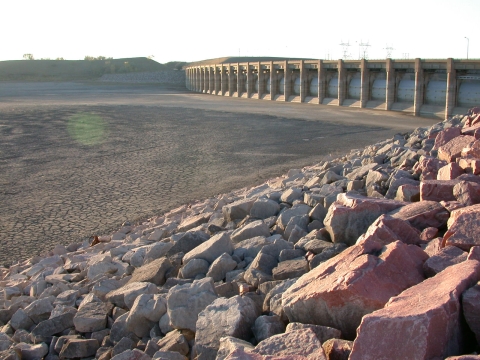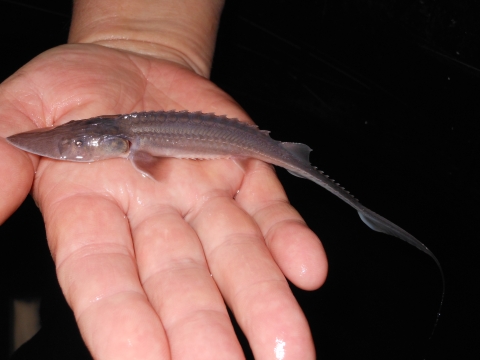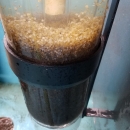About Us
As you can tell by the hatchery’s name, the original intent of the Garrison Dam National Fish Hatchery was to provide fish to offset, or mitigate, the impacts to the fish community resulting from the construction of the Garrison Dam. Garrison Dam is a federally funded hydroelectric dam built on the Missouri River in North Dakota by the U.S. Army Corps of Engineers to control flooding and produce energy. Garrison Dam was completed in 1954 and is the largest in a series of six dams built on the Missouri River as part of the Pick–Sloan Plan and the fourth largest man-made reservoir in the United States. In fact, three of the Pick-Sloan reservoirs on the Missouri River rate in the top five largest reservoirs in the Unites States (Lake Oahe, Lake Sakakawea, and Fort Peck Reservoir).
Our History
Construction began on the Garrison Dam NFH in 1961 and the first fish produced (northern pike, walleye and rainbow trout) were stocked in Garrison Reservoir in 1962. As the Garrison Reservoir, later renamed Lake Sakakawea, filled, major changes in the Missouri River were realized.
Pallid sturgeon propagation was first attempted at Garrison in 1996. That year six days were spent in search of brood fish at the confluence of the Missouri and Yellowstone Rivers and five fish were caught – 4 males and a female. Female sturgeon have a two year reproductive cycle and this female was a year away from spawning, so no luck. The following year we captured a mature female – she was spawned at the hatchery but the eggs didn’t survive. It wasn’t until 1998 that we were first successful at spawning and propagating pallid sturgeon.



